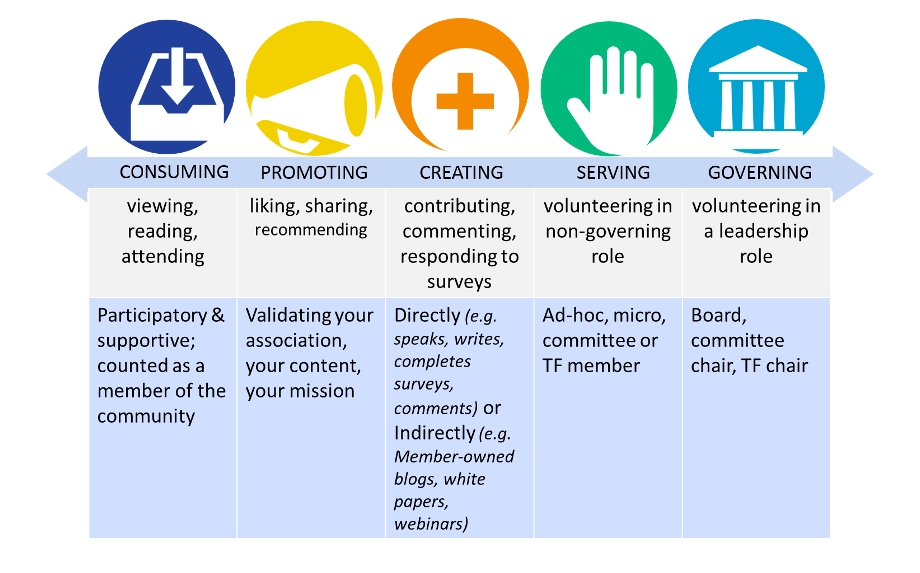
Starting in position 10, Five Tips for Success with Ad Hoc Volunteers
When I first wrote this post in 2014, Peggy Hoffman and I had recently released The Mission-Driven Volunteer. We looked at what associations were offering by way of volunteering – mostly rigidly structured committee service leading in a hierarchical way to board service, after which people were kind of pushed off the volunteering cliff – and what the data said about what people were looking for in their volunteering experiences – mostly flexible, time-and-effort limited tasks with a clear benefit to both organizational mission and to the volunteers accomplishing those tasks, with an eye towards helping associations shift more of their options for volunteers and the work those volunteers do away from the first and towards the second.
The tips all still very much hold true, things like making a specific (and personal) ask, providing clear instructions, being precise about the timeframe (both when it’s due and how much time the volunteer will need to invest), recognizing the volunteer (in a way that she values), and making the tie between the task and your association’s mission explicit.
How have things changed?
Well, we’re making headway as an industry towards being more flexible in offering ad hoc, micro, episodic, and (particularly in the past two years) virtual options for our volunteers, and in understanding, as Peggy puts it, that volunteerism isn’t a mountain you climb where, once you achieve being chair of the board, you get pushed off it never to return, but rather, it’s a continuum you move back and forth across as your own needs, availability, and interests align with those of the association you’re volunteering with.
Associations are always going to have committees – indeed, your bylaws probably require, at a minimum, a finance committee and a nominating committee (as they should).
But if you can pare back the busywork and the “we’re holding a meeting because we’re supposed to be holding a meeting” meetings and focus on work that’s appropriate for volunteers to do that will actually have a positive impact on stuff that matters to them and to your association, you have the opportunity to create a virtuous cycle that will strengthen the network of ties binding your members and volunteers to each other and to your association.
Image credit: Peggy Hoffman, Mariner Management